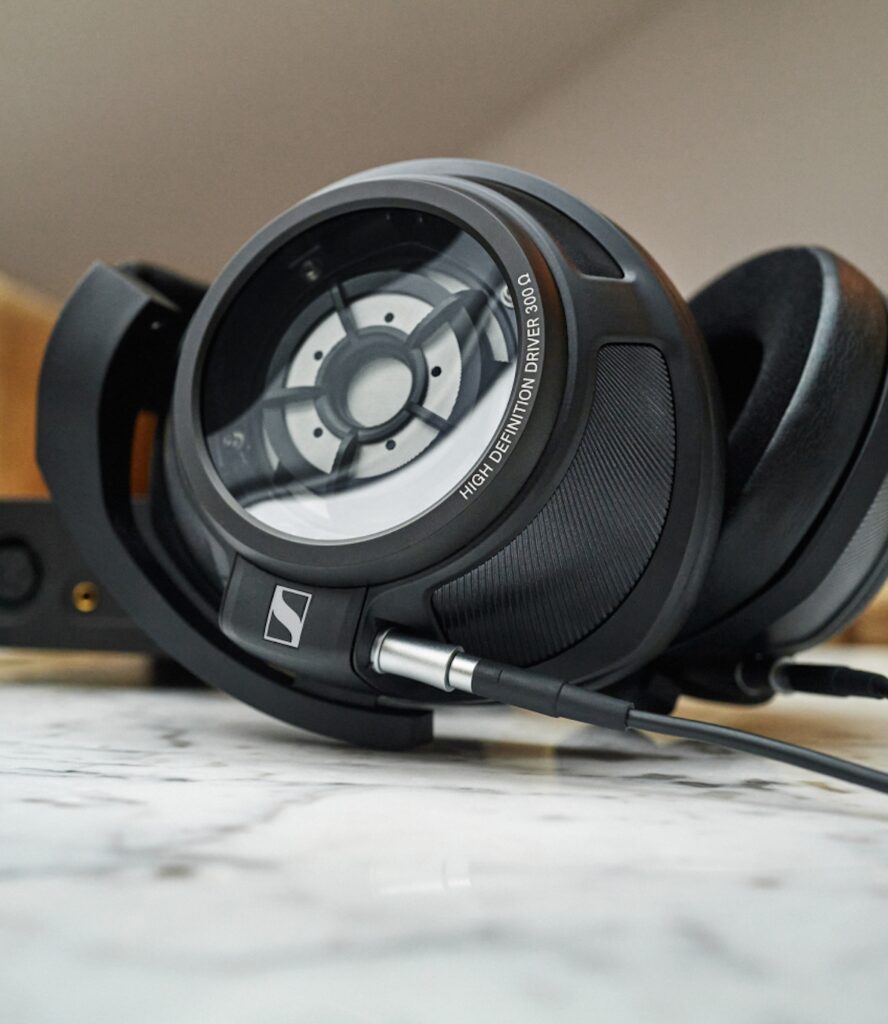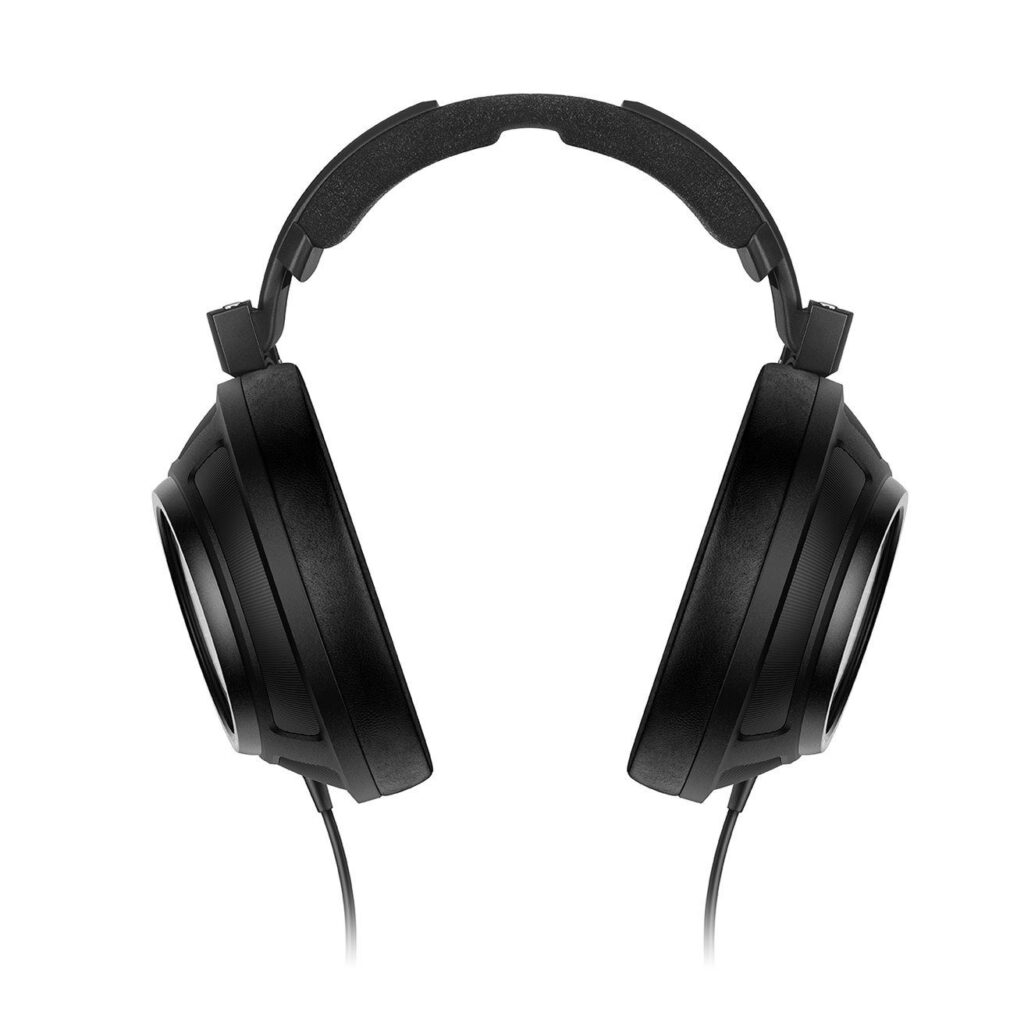The HD 820 Are the Most Expensive Headphones I’ve Ever Tried. Can They Truly Be Worth the $2,000 Price Tag?
It’s possible for headphones to be worth spending this much money on; but, to my ear, the 820 don’t meet that standard.

You don’t need to spend $2,000 for a pair of headphones. In May, I wrote a piece titled “Hi-Fi Audio Doesn’t Need To Be Expensive,” and these amazing setups cost in total about $400. If you want to step up to truly incredible quality, in June, I wrote a review for the site on the Austrian Audio Hi-X65, my favorite hi-fi headphones, which cost about $400.
In other words, you could buy the best Bluetooth noise-canceling headphones, the best Bluetooth noise-canceling earbuds, a pair of Hi-X65s, and all the tools to run them well, including my go-to turntable, the Pro-Ject T1 BT, and spend less than one pair of the HD 820.
How much better could they be?

To start, they look fantastic, but they’re not luxurious and don’t feel expensive. Nice box and glass panel over the drivers aside, these are a more industrial product than a lifestyle one. The cables are thick, the band is made from connecting plastic and aluminum, and the cups are relatively shallow. They don’t have the expensive mesh and cold heavy metals of Apple AirPods Max or Dyson Zone, because such materials would make them heavier and detract from the listening experience, which is the whole point. If you’re looking for advanced features like noise canceling, transparency settings, a handy app, and Bluetooth connection, look elsewhere. These are made for listening at home, plugged into a DAC, with every cent of their price going towards that.
These were first released in 2019, and though there have been no updates, there has been no need. They don’t have batteries and software that ages quickly; due to inflation, they’ve technically become less expensive in five years as their price has remained flat.
How do they sound? There are two core qualities: forward vocals, giving an intimate feeling, and a contrasting wide soundstage, the biggest I’ve heard on closed-back headphones and more than many open-backed ones. Where my inexpensive Philips place the instruments vaguely in the distance, and some open-backed headphones stretch the music out to sound expansive, the HD 820 make it sound like the band is performing just for you in a mid-sized room. Each instrument is audibly separate, and each detail is crisp and defined.

This one aspect is incredible. But otherwise, they sound strange. There’s no rumble to the bass and little energy; similarly, the highs are detailed but not searing, yet the tonality is inconsistent, with some ranges too low and others too high without reason. Thankfully, this is widely acknowledged, and there are EQs that smoothen this out, transforming the listening experience to something closer to the original music, though the bass remains lackluster and floaty.
For $2,000, that’s not good enough. Sennheiser’s open-backed HD800S, which can be bought for $1,300 new, sound better in every way. They have stronger bass, a more normal tonality, and a wider, more defined soundstage. The HD820 sound like a muffled version of the HD800S, which is what they are. Though the HD 820 are ostensibly closed-back, their isolation is terrible. You can hear everything around you, and anyone nearby can hear your music.

